Chances are, if you compete in or are a fan of show jumping, then you’re also a bit of a course geek. After all, at the end of
the day, it’s often the course that makes or breaks a round. At Rolex Kentucky, Derek di Grazia’s cross-country course tends to steal the spotlight, but this year’s show jumping track, created by longtime designer Richard Jeffery, was also a stunner.
We had a chance to walk the course with Richard on Sunday morning, and he let us in on a few of his tricks of the trade. Here are 14 things that might surprise you about the course this year—and how the riders rose to the challenge.
1. This is Jeffery’s 18th (!) time designing the show jumping course for Rolex. So understandably, he likes to mix things up.
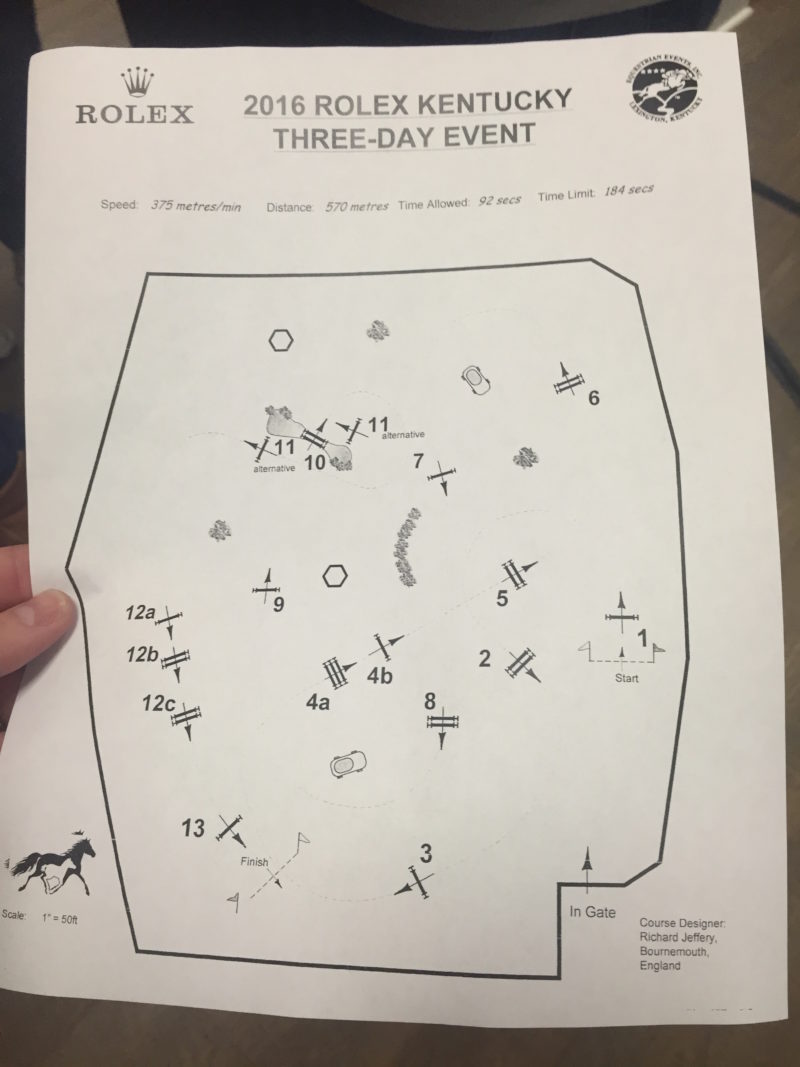
One way Jeffery kept things fresh this year? Starting Jump 1 going away from the in-gate, which, as any jumping rider will tell you, creates a small test right off the bat. (Most horses are more brave if they begin the course jumping back toward the direction they came from.)
2. Jump 1’s approach also feels a bit like you’re jumping into the sold-out crowds.
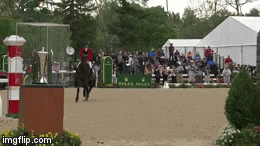
Another thing horses don’t love. Several riders coped with this issue by taking Jump 1 at a slight angle, so they were jumping toward the center of the arena and not parallel with the stands.
3. Otherwise, in size and shape, the early jumps on course are intentionally inviting.

Jump 2: the slightly ramped Man O’ War oxer.
Jump 1 is a hole lower than the rest of the 1.30 meter (4-foot-3-inches) course, which is why the riders can’t get too comfortable—the jumps only bigger and more challenging from here.
4. Though it appears flat, Jeffery says that drainage features in Rolex Stadium create a slight uphill dimension to the ring.

This particularly applies to the first combination on course (Jumps 4a – 4b to 5), which he says could run a touch long because they’re riding uphill.
5. Jeffery intentionally constructed this same brush box combination to look a bit like cross-country fences.

He said the look of the jumps could present a challenge to some horses, since the rest of the elements on course are more typical of show jumping fences.
6. Like di Grazia’s cross-country track, Jeffery created an intentional “rest” place for the competitors mid-course.

The stunning Churchill Downs Jump.
It occurs between Jumps 7 and 8, the broken Churchill to Keeneland line. But this, too, could be tricky. “The danger is since there’s no fixed number, some of the riders might get a bit loose and then start picking,” Jeffery said.
7. The course features one, critical option at Jump 11.
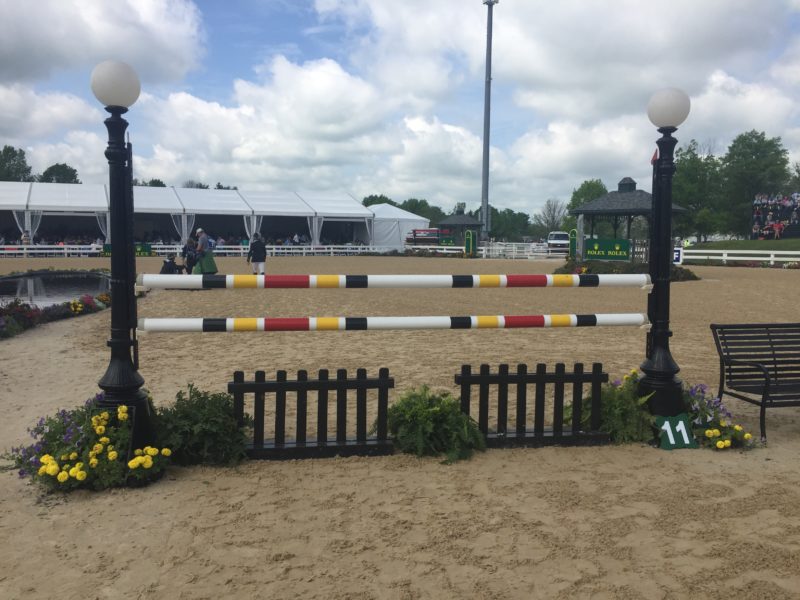
Decisions, decisions.
The riders’ choice determines their approach to the final, triple combination (12a-12b-12c). The first option is a short, direct turn; the second offers more space to set up, but will cost an additional two or three seconds on the clock. As it happened, most riders took the more direct route, which Jeffery surmised would be popular with those in contention for the top spots.
8. Interestingly, Michael Jung was one of the few who opted for the extra seconds and chose the longer route.
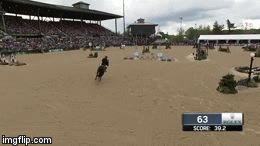
With 16.3 penalties separating his first place position from the rest of the field, Jung could afford time faults, but not a disaster in the triple combination—especially with one rail down already in the course’s first (4a-4b) line.
9. In fact, Jeffery points out that to have rails at the five fences remaining after Jump 10 would be especially costly.

Five rails would be the penalty equivalent of a stop on the cross-country course.
10. Jeffery, who also designs for the Burghley Horse Trials CCI****, says these show jumping courses are created with tired horses in mind.
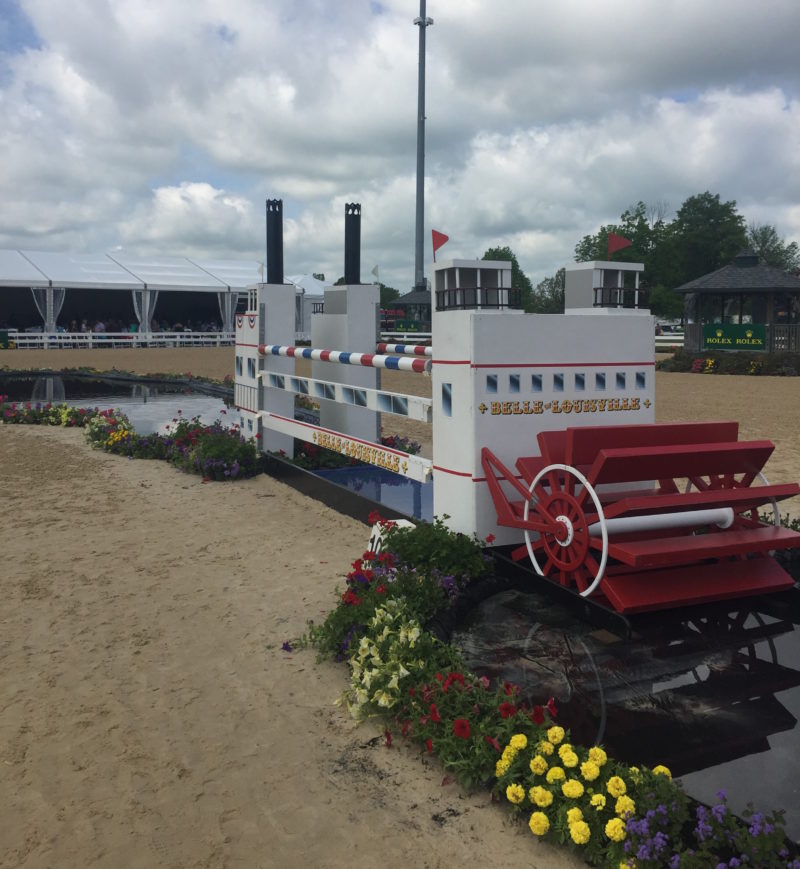
“Riders are being more conservative,” he says. Were he designing for a regular show jumping competition, Jeffery says he would have created the course entirely differently.
11. But that doesn’t mean he’s skimping on jump size.

Phillip Dutton and Fernhill Fugitive.
Thanks to Rolex Stadium’s Otto Sport sand and fiber footing, Jeffery builds many of his jumps up to the maximum CCI**** height of 1.30 meters (4-foot-3-inches), with an oxer spread width of 1.45 meters (4-feet-8-inches). “They really do jump well off this footing,” he says, noting that on Burghley’s grass course, he keeps the jumps a bit smaller.
12. At the end of the day, the most challenging fence award went to Jump 3—by a wide margin.
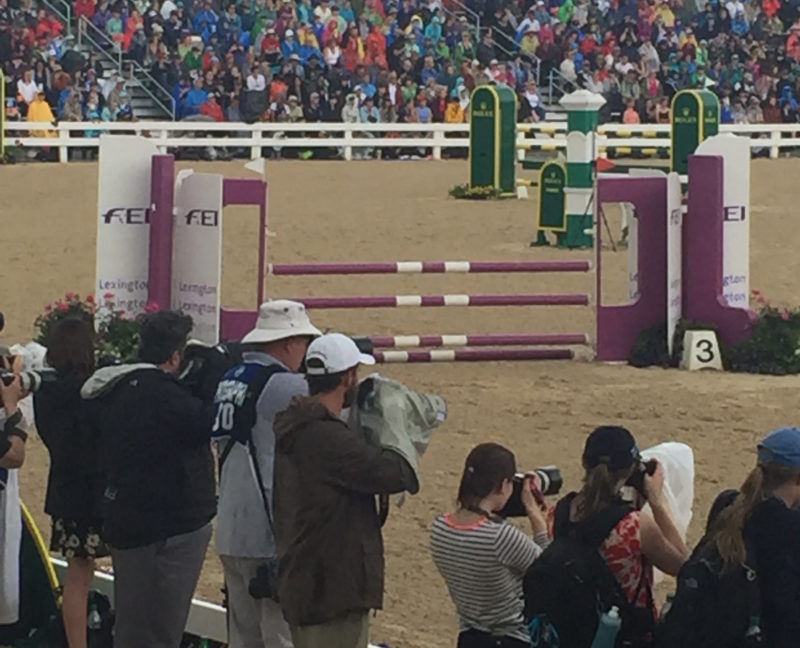
Annnnd its down again.
The skinny magenta FEI vertical was the bain of many riders’ existence; a large number attempted to get their horses back too late or ended up picking at them too much in the short turn.
13. Like many show jumping course designers, Jeffery made the last jump a straightforward vertical.
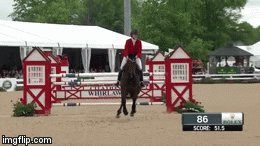
It’s a common design trap for tired horses or riders who make it through the tougher parts of the course and then allow themselves to become complacent, or let nerves get the better of them and fall in on the turn. In fact, at least two riders were clear until they hit that final, deceptively simple Rolex vertical.
14. In the end, Jeffery said the key to a good round at Rolex is actually pretty simple.
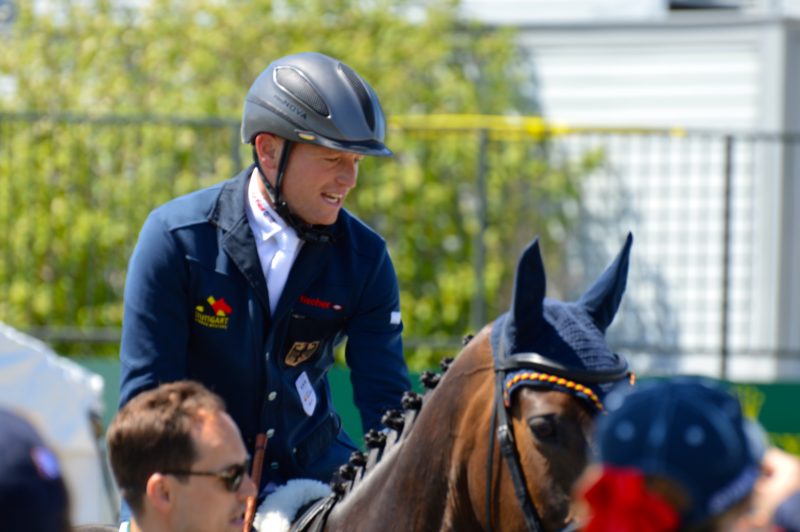
©Horse Network
“It’s really about knowing your horse, and what it can do,” he says.




 May 3, 2016
May 3, 2016 






















